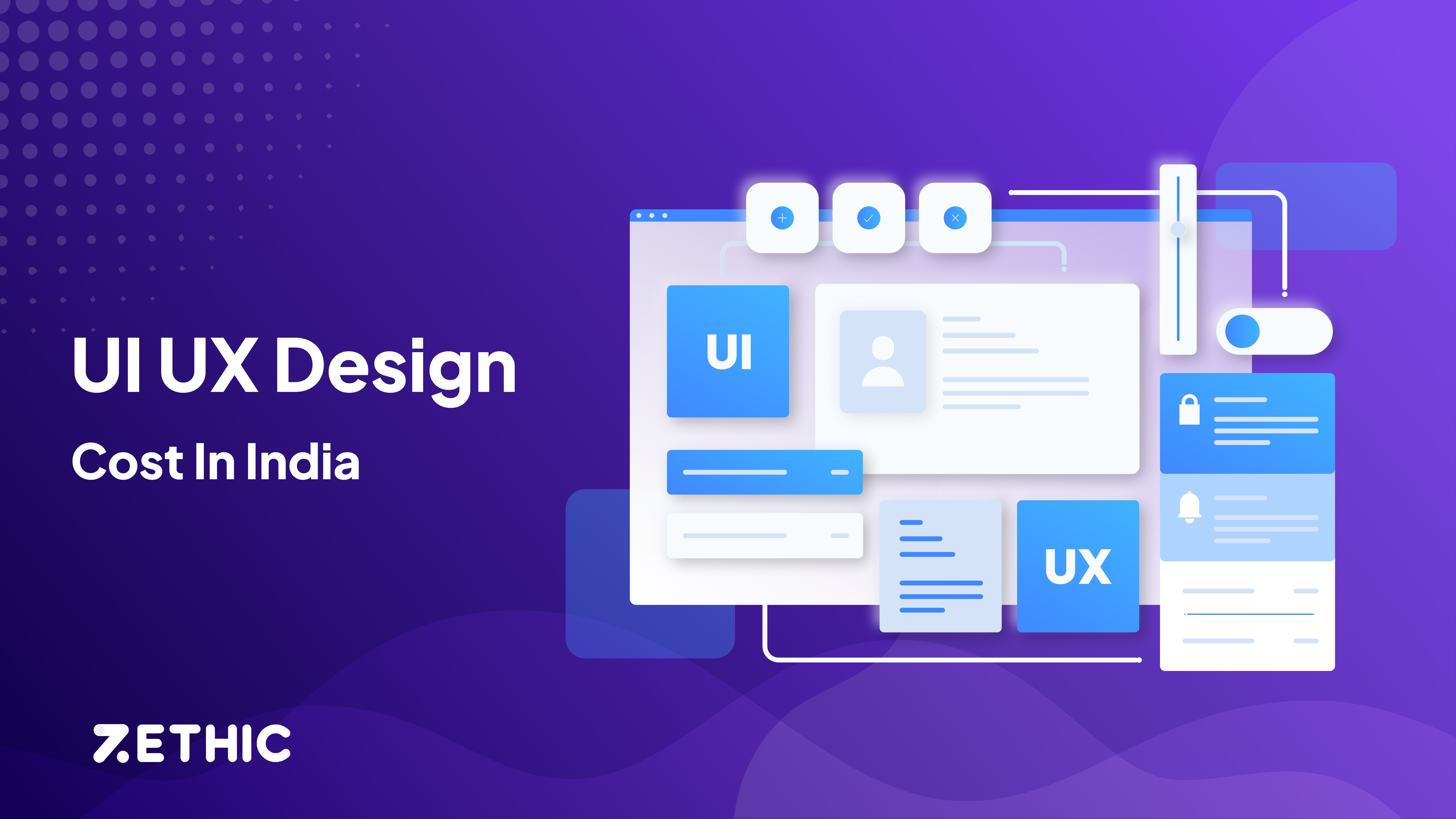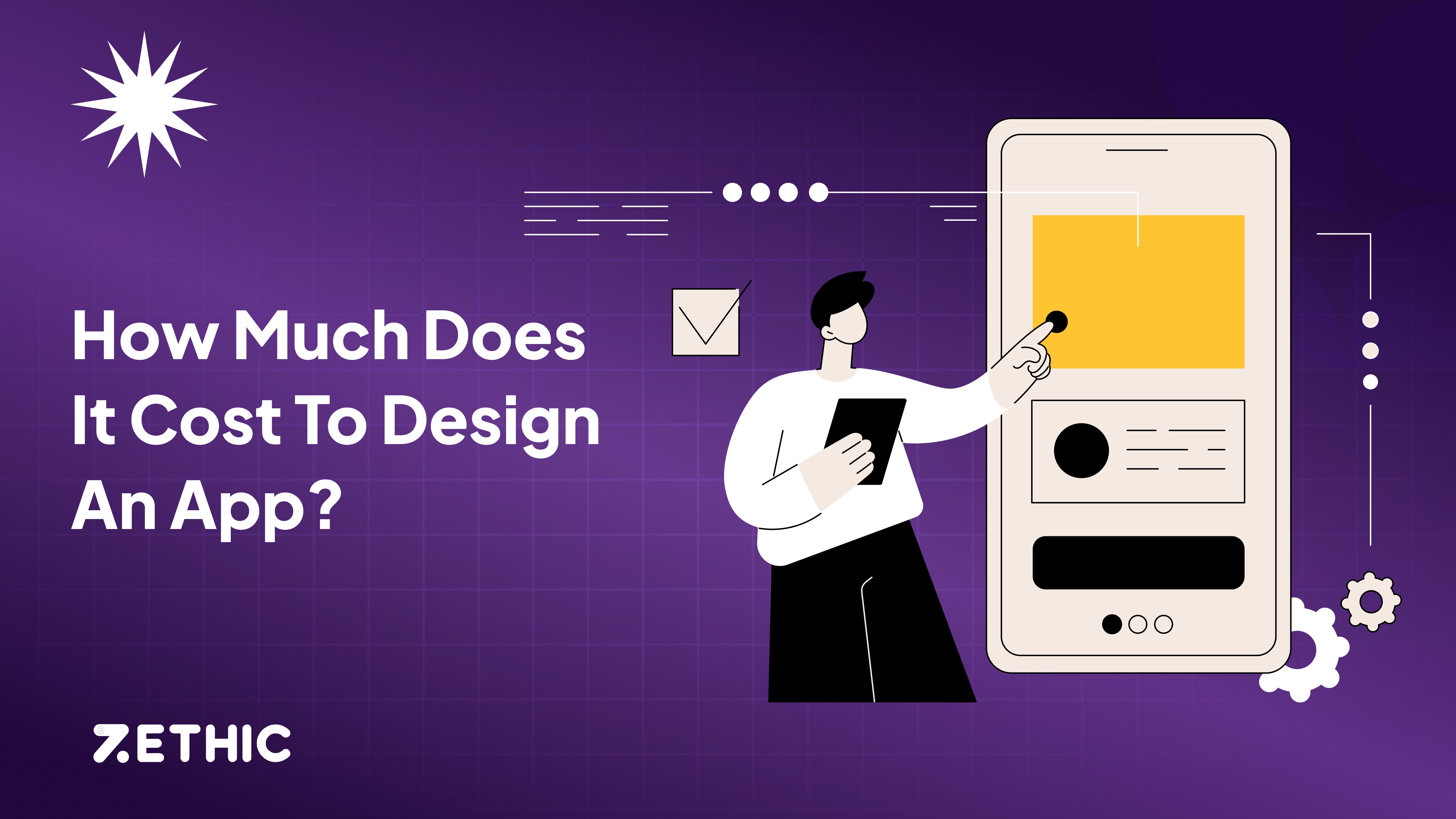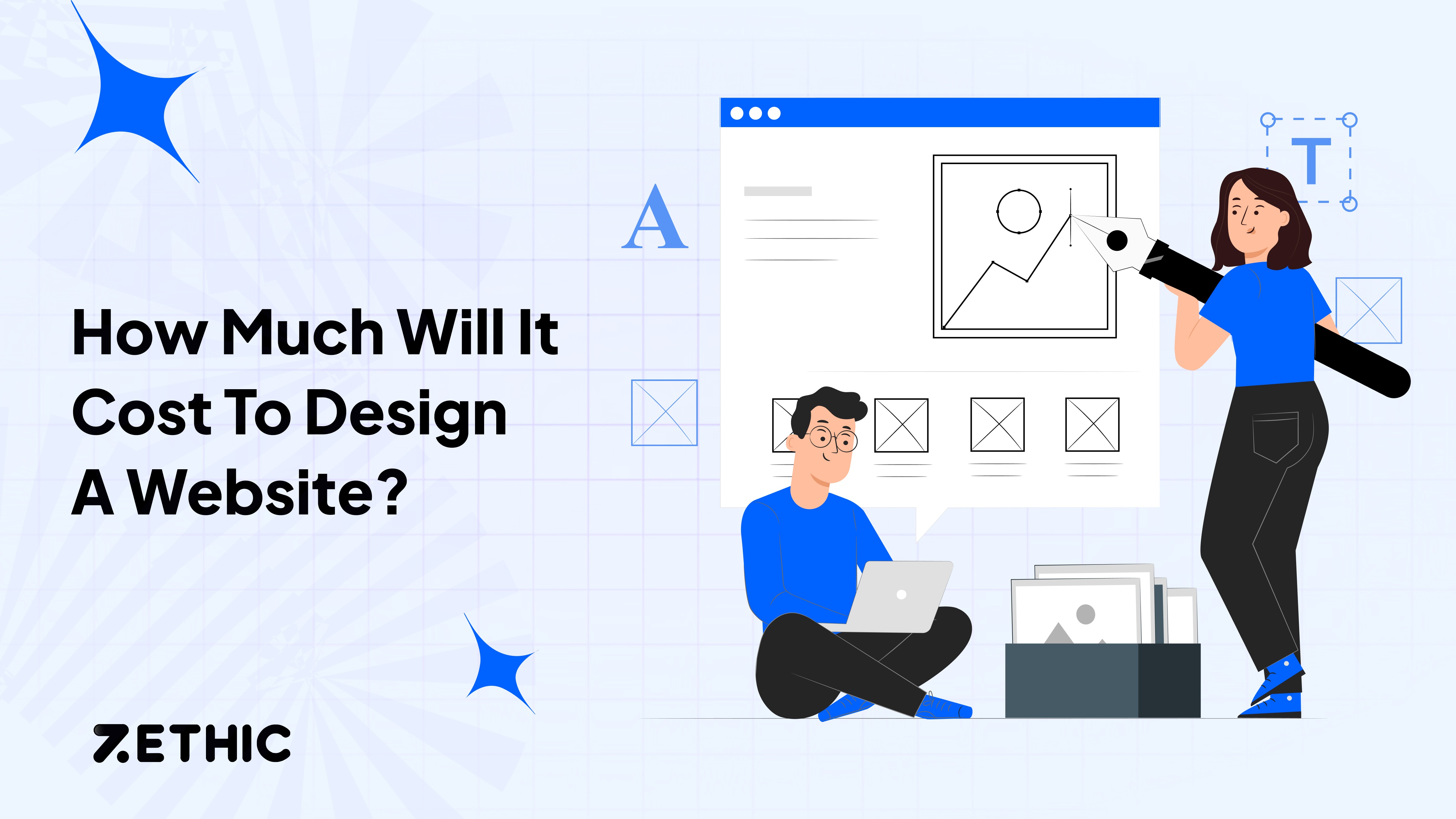Table of Contents
Building a Minimum Viable Product (MVP) is essential for businesses to validate their ideas, assess market demand, and gather user feedback before investing in full-scale product development. However, one challenge that often arises is determining the cost of MVP development. This comprehensive guide will dive into the various factors that influence MVP development costs and provide insights into budget planning. We will also explore different types of development teams, hourly rates, geolocation factors, tech stack considerations, types of contracts, post-development costs, and real-world examples. Whether you are a business owner, entrepreneur, startup founder, or product manager, this guide will equip you with actionable insights for MVP development and budget planning.
What is MVP in Software?
Before we explore MVP costs, let’s first understand the purpose of developing an MVP. An MVP is a product or software version containing only the core features and functionalities necessary to solve a specific problem or meet a particular market need. The main goal of an MVP is to test the product’s viability and market response with minimal investment.
The Key Benefits of Developing an MVP Include:
- Validating the idea: An MVP allows businesses to test their product concept and gather user feedback to validate if there is a market demand for their solution.
- Minimizing risks: By starting with an MVP, businesses can reduce the risks associated with investing in a full-scale product development without knowing if it will meet customers’ needs or generate sufficient revenue.
- Cost-effective: Building an MVP requires fewer resources and time than developing a full-scale product, allowing businesses to allocate their budget more efficiently.
- Iterative development: An MVP enables businesses to gather user feedback and make improvements based on market response, ensuring that the final product meets customer expectations.
Factors Influencing MVP Costs
Various factors influence the cost of MVP development. Understanding these factors will help you estimate the budget required for your MVP project. Some of the key factors to consider include the following:
- Complexity of the application: The complexity of the application, including its idea, functionality, and design, plays a significant role in determining the overall cost. A simpler product with fewer features will generally have lower development costs. In contrast, a more complex product with advanced features and a sophisticated design may require more resources and thus have higher costs.
- Development team: The choice of a development team for MVP development is an important consideration that impacts the overall cost. There are different types of development teams: in-house, freelancers, local teams, and outsourced teams. Each option has its own cost implications. In-house teams may require additional expenses such as developer salaries, IT infrastructure setup fees, hardware and software costs, technology training, benefits, and overhead expenses. On the other hand, freelancers and outsourced teams offer more cost-effective options but can vary in expertise and communication.
- Hourly rates and geolocation factors: Hourly rates for development can vary depending on the geolocation of the development team. The living conditions in different regions can impact the rates. For example, developers in Western Europe or North America may have higher hourly rates than in Eastern Europe, South America, Africa, or Asia. The choice of geolocation should be evaluated based on budget considerations and the overall balance of cost and expertise.
- Tech stack considerations: The choice of technology stack for MVP development can also influence the development cost. Different technologies and frameworks may have varying development complexities and resource requirements. Depending on your MVP’s specific needs, consider factors such as frontend interfaces (React.js, Angular.js, Vue.js), backend interfaces (Python, Ruby on Rails, Node.js), and cross-platform technologies (Google Flutter, React Native).
- Types of contracts: Choosing the right contract type can impact the cost structure of MVP development. Time and Material contracts, where payment is based on actual hours worked, offer flexibility and accommodate changes during development. Fixed Price contracts, on the other hand, require accurate scoping and have limited flexibility for changes during the project. Understanding the pros and cons of each contract type can help you make an informed decision that aligns with your budget and project requirements.
Comparison of Development Teams: In-house, Freelancers, Local, and Outsourced
When planning your MVP development, you can choose the development team. Let’s compare the different types of development teams and their cost implications:
In-house team for MVP development :
- Requires expenses for salaries, IT infrastructure setup fees, hardware and software costs, technology training, benefits, and overhead expenses.
- Estimated cost for an internal team setup: around $150,000.
- Advantages: Enables close collaboration and control over the development process.
- Disadvantages: Higher costs compared to other options.
Freelancers :
- Offers cost savings, but expertise and communication can be challenging.
- Costs for hiring freelancers can vary depending on their experience and expertise.
- Average MVP development costs range from $4,000 to $15,000 for creating MVP software.
Local teams :
- The average cost of hiring an MVP developer locally is $150-$200 per hour.
- Hiring a team of 5 members can range between $160,000 and $180,000 for MVP development.
Outsourcing MVP development :
- The viability of outsourcing MVP development is preferred by 78% of business owners.
- Enables businesses to work with offshore development teams and save on expenses like infrastructure and hardware/software costs.
- The average cost of outsourcing MVP development to India with a team of 5 developers is $30,800 to $36,000.
It’s important to weigh the advantages and disadvantages of each team type and consider your budget constraints, project requirements, and desired level of control and collaboration.
Hourly Rates and Geolocation Factors
Hourly rates for development can vary depending on the geolocation of the development team. Here is an estimate of hourly rates in different regions :
- Western Europe: $110-200
- Eastern Europe: $20-50
- North America: $150-230
- South America: $30-50
- Africa: $20-40
- Australia: $100-180
- Asia: $15-40
By considering the geolocation factors, you can find development teams that offer competitive rates while maintaining the desired level of expertise.
Tech Stack Considerations for MVP Development
Choosing the right tech stack for your MVP development is crucial for both cost and efficiency. Here are a few popular options for frontend and backend interfaces:
Frontend Interfaces:
- React.js: Provides one-way data binding, simplifies coding and uses virtual DOM.
- Angular.js: Follows two-way data binding, utilizes the Model View Controller (MVC) framework, and uses HTML for UI.
- Vue.js: Offers an interactive and easy-to-understand UI with strong computing properties.
Backend Interfaces:
- Ruby on Rails: Helps create secure and functional MVP apps, with an object-oriented nature and developer-friendly syntax.
- Python/Django: Used in AI and machine learning, prioritizes code readability, and supports small and large-scale applications.
- Node.js: Based on Google’s V8 JavaScript engine, excels in real-time messaging or streaming web apps, and offers high performance and scalability.
Cross-platform Technologies:
- Google Flutter: Open-source software development that allows cross-platform code development and offers easy third-party integrations and APIs.
- React Native: Utilizes JavaScript programming language, supports flexible code sharing, and is easily scalable.
The choice of tech stack should be based on your MVP’s specific requirements, considering factors such as development complexity, time constraints, scalability, and the expertise of your development team.
Types of Contracts: Time and Material vs. Fixed Price
When engaging with a development team, you must decide on the type of contract. Here are two common options:
- Time and Material (T&M) contract: This contract follows an actual payment per-hour policy. With a T&M contract, you pay for the actual hours the development team works. This type of contract allows for flexible working and covers the minimum payable amount for MVP app development. It is advantageous for projects that require frequent changes and iterations.
- Fixed-price contract: A Fixed-Price contract involves a predetermined fixed price for the MVP development. This contract is less flexible and requires accurate scoping and a detailed list of developer duties. Changes during the development process can be difficult to accommodate with a Fixed-Price contract.
The choice of contract type depends on the project requirements, complexity, and the level of flexibility you require during the development process.
Post-Development Costs: Marketing, Sales, and Maintenance
Once the MVP development is complete, there are post-development costs that should be considered to make your viable product marketable and successful. The main post-development costs include:
- Marketing: Marketing costs are essential for promoting your MVP and reaching your target audience. On average, marketing costs for an MVP can range around $10,000. You may invest in advertising on multiple platforms, social media promotions, sponsored ads, or corporate events to create awareness and attract customers.
- Sales: Sales efforts are important to convert potential customers into paying users. Conceptualizing an idea that benefits sales through your MVP may require budgeting between $5,000 and $10,000. This investment can help develop effective sales strategies and channels to drive user adoption and revenue generation.
- Maintenance: Maintaining your MVP ensures smooth operation, performance, and ongoing improvements. Maintenance costs typically comprise approximately 20% of the initial MVP development budget.
This includes costs for server maintenance, integrations, and APIs that facilitate interactions. The overall maintenance cost may vary depending on your team’s location and your app’s complexity.
Addressing Common Queries about MVP Development Costs
How long does it take to build an MVP?
he time to build an MVP depends on the complexity of the project. On average, it takes around 3 to 4 months, but it can take up to 6-9 months for more complex projects.
How much does it cost to build an MVP?
MVP build costs can range from $15,000 to $150,000, depending on complexity, development team choice, and geolocation.
What factors should I consider when estimating MVP development costs?
Factors such as application complexity, development team choice, hourly rates, tech stack considerations, contract type, post-development costs, and maintenance should be considered when estimating MVP development costs.
Zethic, Your MVP Development Partner
Regarding MVP development and crafting innovative web solutions, Zethic is your trusted partner. With expertise in supporting businesses across various industries, Zethic is committed to delivering cutting-edge web applications that drive business growth and success.
We understand the importance of effective budget planning for MVP development. Our experienced team will work closely with you to analyze your project requirements, optimize costs, and deliver high-quality MVP solutions tailored to your needs.
Conclusion
MVP costs depend on various factors such as application complexity, development team choice, hourly rates, geolocation, tech stack considerations, contract type, post-development costs, and maintenance. Understanding these factors and planning your MVP development budget can help you allocate resources efficiently and increase your chances of success.
By choosing us, optimizing costs, and following best practices, businesses can build successful MVPs that validate your ideas, attract investments, and pave the way for future product development.
Remember, developing an MVP is a strategic and cost-effective approach to test your product in the market and gather user feedback before investing heavily in full-scale product development. Best of luck on your journey of MVP development and budget planning!




